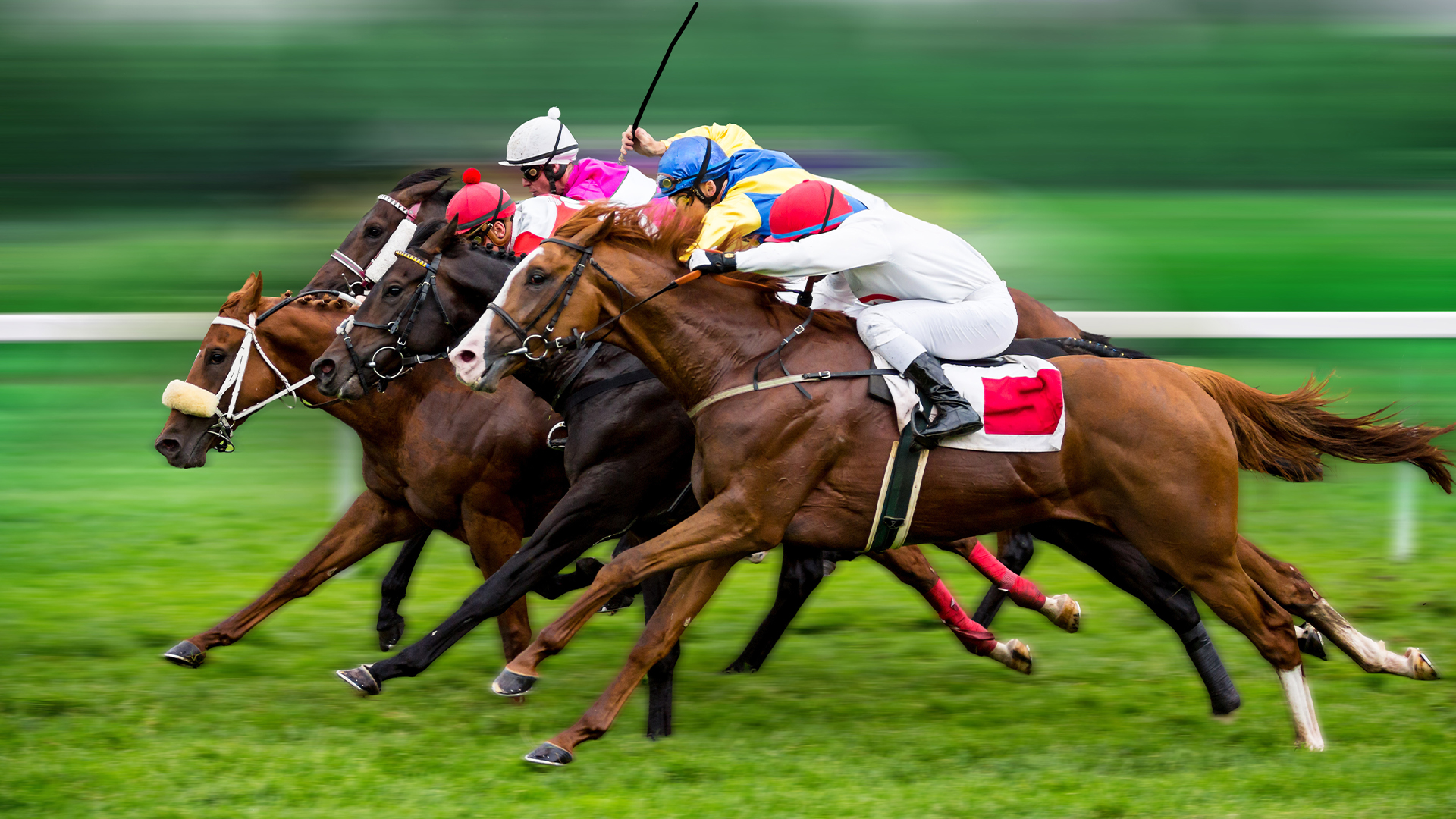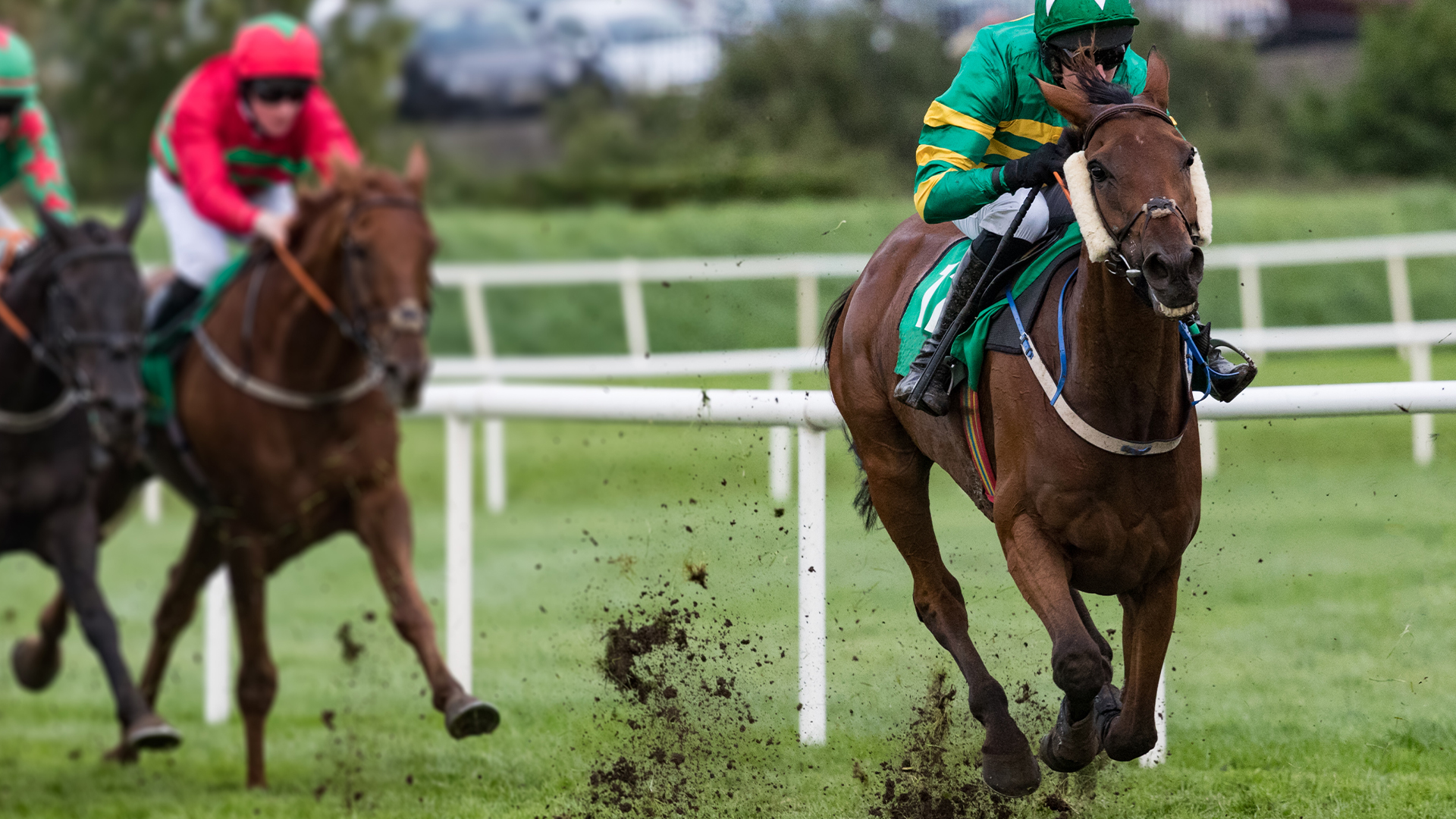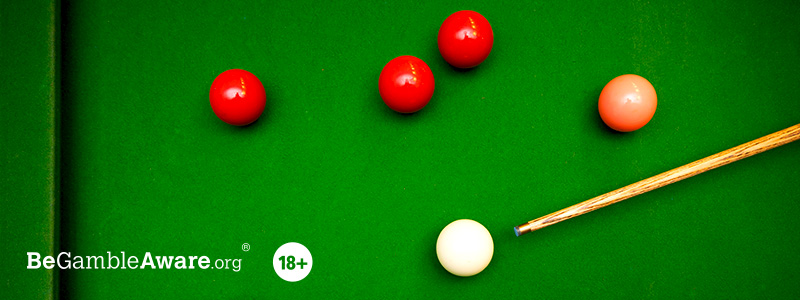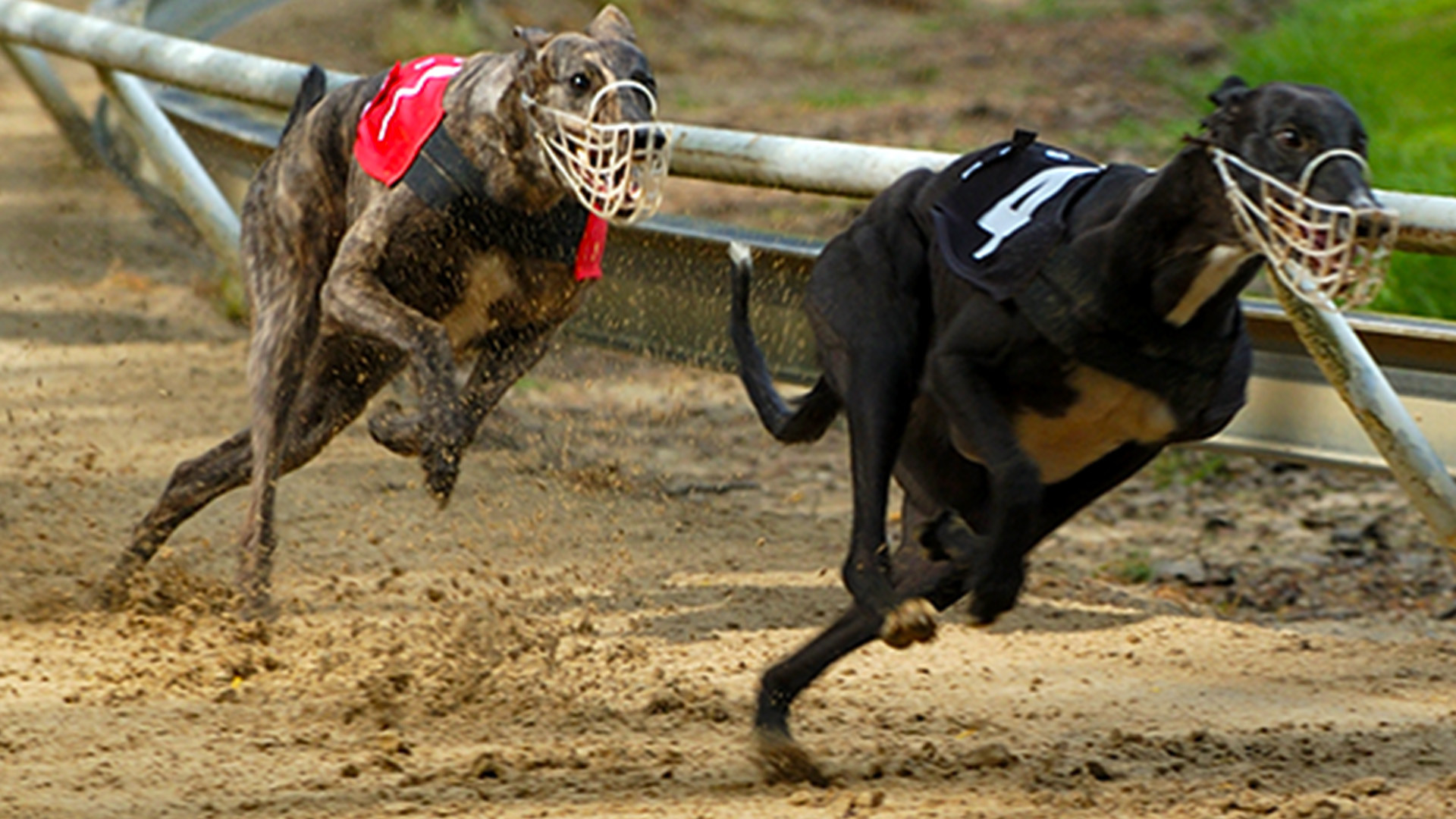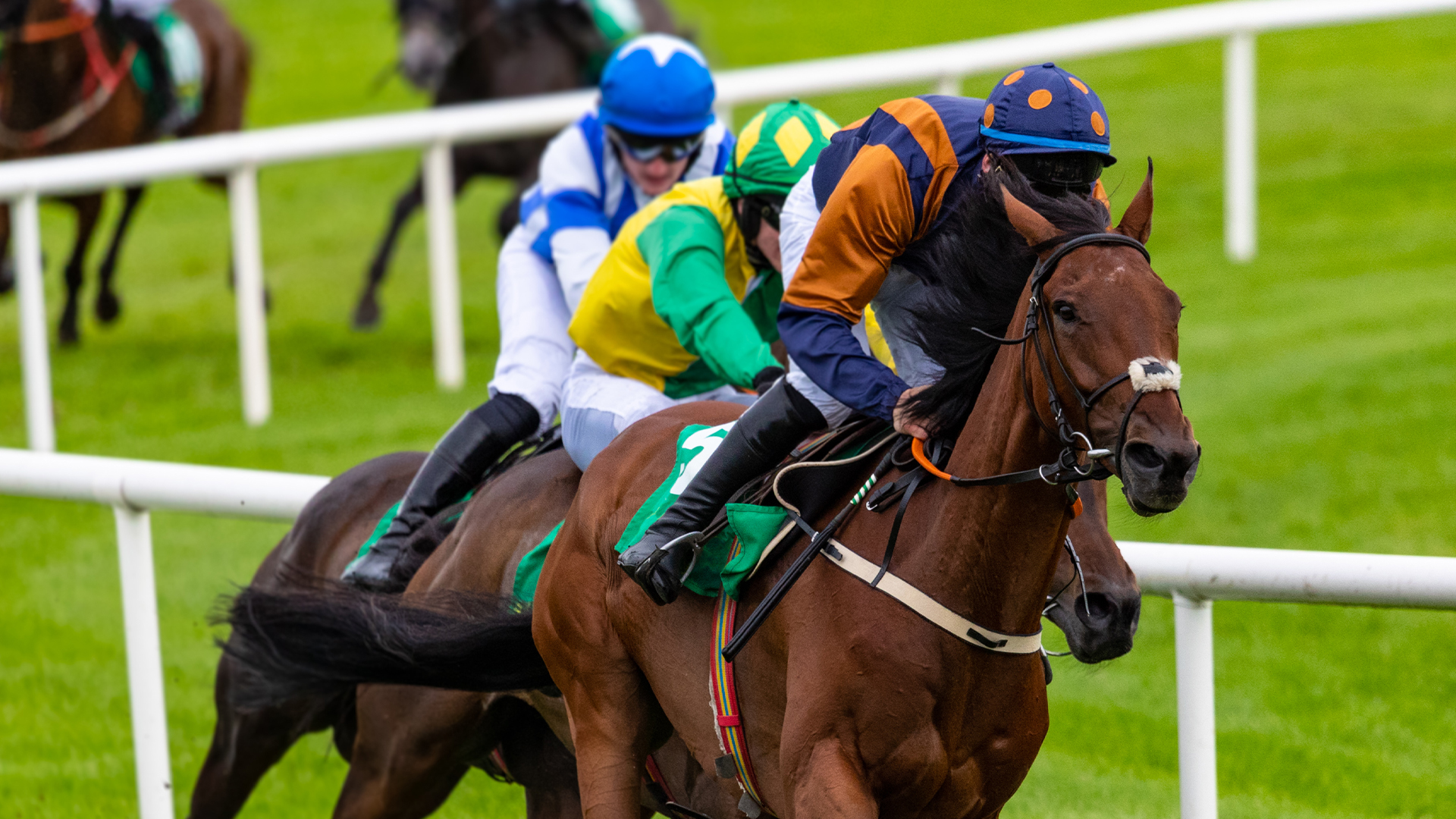
Starting Price (SP) Betting Guide
Horse racing betting fans love a bit of jargon. Whether it’s antepost, bumper, Rule 4s, or odds-on, it's understandable if you don't know the ins and outs of this sport. After all, horse racing betting is more than 200 years old, and no-one teaches you how to ‘speak racing’.
But here at Bet UK we reckon you deserve to know the basics. In our latest guide we’ll show you the SP meaning horse racing punters need to be aware of before placing bets. Discover why SP exists, and what the point of it is for online bettors!
What does SP mean in horse racing?
SP in horse racing means ‘Starting Price’ and is a term that refers to the odds given to a horse when it begins its race. The SP is important because it shows the chances each horse has of winning said race in the moments before they set off.
Now, the point of SP is to give bettors an option to wager on a horse at whatever its final price is, rather than wagering on it beforehand. The option is: bet on the SP, or at a fixed price now.
The benefit of betting on the SP is that the odds might change in your favour between now and the start of the race. If this happens, you get a better price! Of course, the risk is that the odds change the other way and you get a shorter price – and therefore a smaller potential return. But that’s the risk you take with the SP.
How to bet on SP
You can bet on SP in the Bet UK sportsbook across all horse races, every day of the year. As you can see, a Bet UK racecard shows plenty of details of each horse running in the race. This includes the silks, number, name, jockey and form of the horse. The odds are also clearly visible in the left of the two columns.
That right-hand column is the SP button. You won’t see a number here as we won’t know the exact odds until the race starts. To make an SP horse racing wager, simply click on the button and enter your stake into the bet slip as normal. You won’t know your potential payout until the race begins.
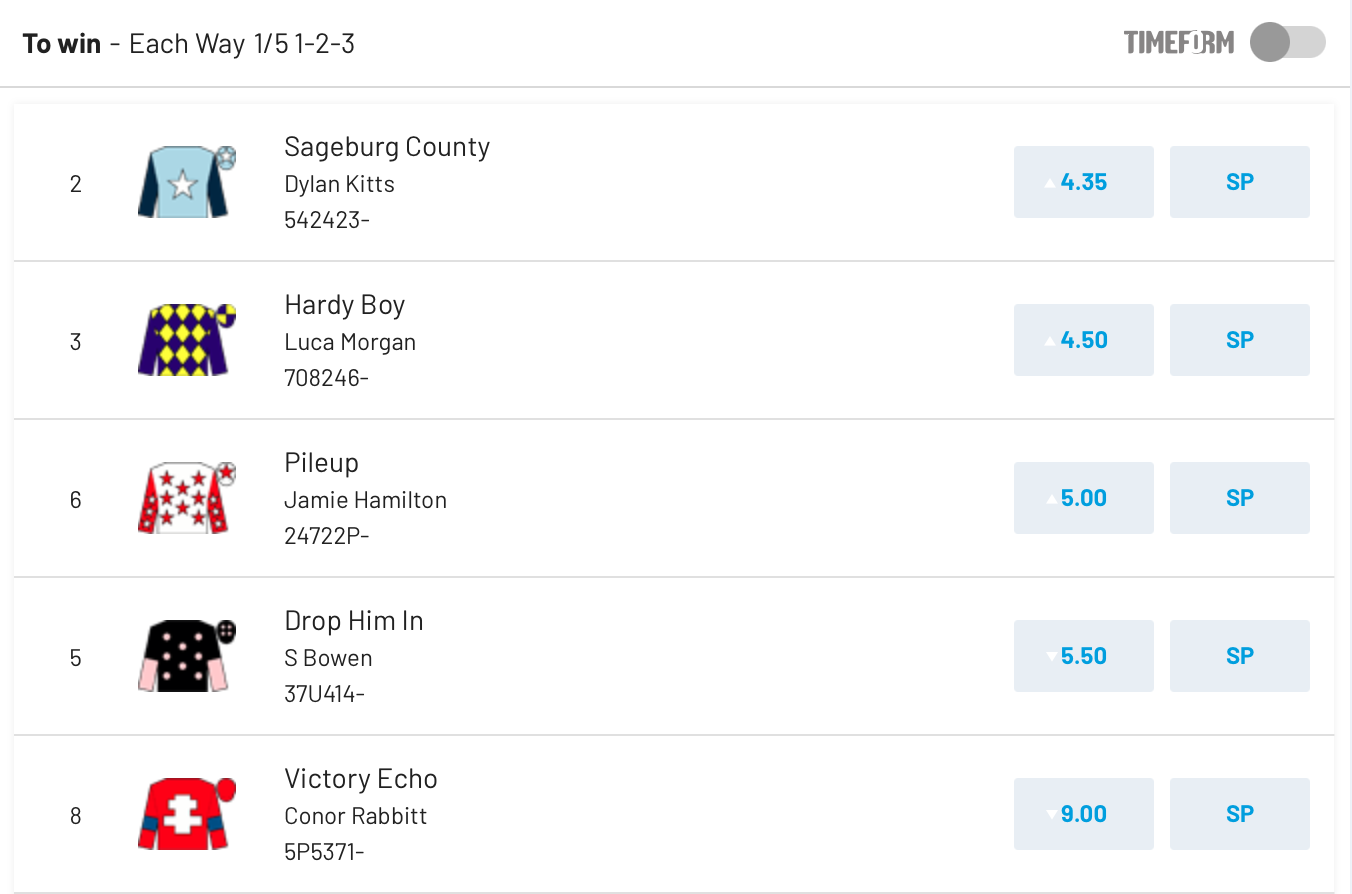
Tips for using Starting Price odds
Now we know what SP means in betting, it’s time to look at it in practice. The starting price isn’t for everyone but it can prove useful if you’re a particular type of punter. Of course, the big advantage of SP in horse racing is that you can potentially increase your odds, and therefore profit potential, simply by being patient.
But it’s worth considering your options before placing a bet. Here are some simple tips when weighing up the Starting Price option…
Monitor Market Movements: Keep an eye on the betting market of your chosen race. The Bet UK live odds move all the time, and react to bets being placed one way or another. If you see the odds on a horse widening throughout the day, it might be worth taking the SP as it could be higher by the time the race starts.
Consider the Field Size: Larger fields tend to have more fluctuations in odds as there are more horses and therefore more uncertainty. One big bet on a horse can upturn the whole market. In these cases, SP betting can sometimes provide better odds.
Check The Going: Weather and course conditions can change quickly, influencing a horse's chances. If there are unpredictable weather conditions, betting SP could be a safer option as the odds should reflect these last-minute changes.
Use Early Prices Wisely: If you find an early price that you think offers good value, it can be worth taking it rather than risk the odds shortening later. However, if you think the odds might drift (increase), it could be worth taking the SP.
Research: Always make sure you do your research on the horse, jockey and trainer before placing a bet. It can help to know if a horse often defies expectations, or if a jockey or trainer tends to perform well on race day.
Why SP exists in sports betting
SP in horse racing has been around for centuries and it’s also used in other sports too. It originally existed so bookmakers could offer their punters something other than the fixed odds they had on a race. The punter could take a chance that the Starting Price would be better than the fixed odds.
These days the SP is used less by bettors because promotions such as “best odds guaranteed” have reduced the need for it. If bettors can trigger this promo then they’ll get the best odds on the horse, whether it’s a price from three days before the race, or three minutes.
Still, the bet type is an option for some even to this day – and here at Bet UK we’re happy to keep the odds available to our punters!
SP Betting FAQs
What is SP in horse racing?
SP in horse racing means Starting Price and is the odds you get when a race begins. The SP can be higher or lower than the fixed price, and is seen as an option to improve your payout potential.
How do I bet SP?
You can place an SP bet at Bet UK by hitting the button alongside your chosen horse. From here, enter your stake and hit Place Bet. You won’t know the odds or your payout potential until the race begins.
Will the starting price change in horse racing?
Possibly, yes. The point of the SP bet is to wager on the starting price being different (better) than the fixed odds. As a bettor, you want the SP to offer improved odds, otherwise there’s no point making the bet.
What does SP mean when betting?
SP in betting means the starting price of your chosen bet at the moment the race or sporting event begins.


